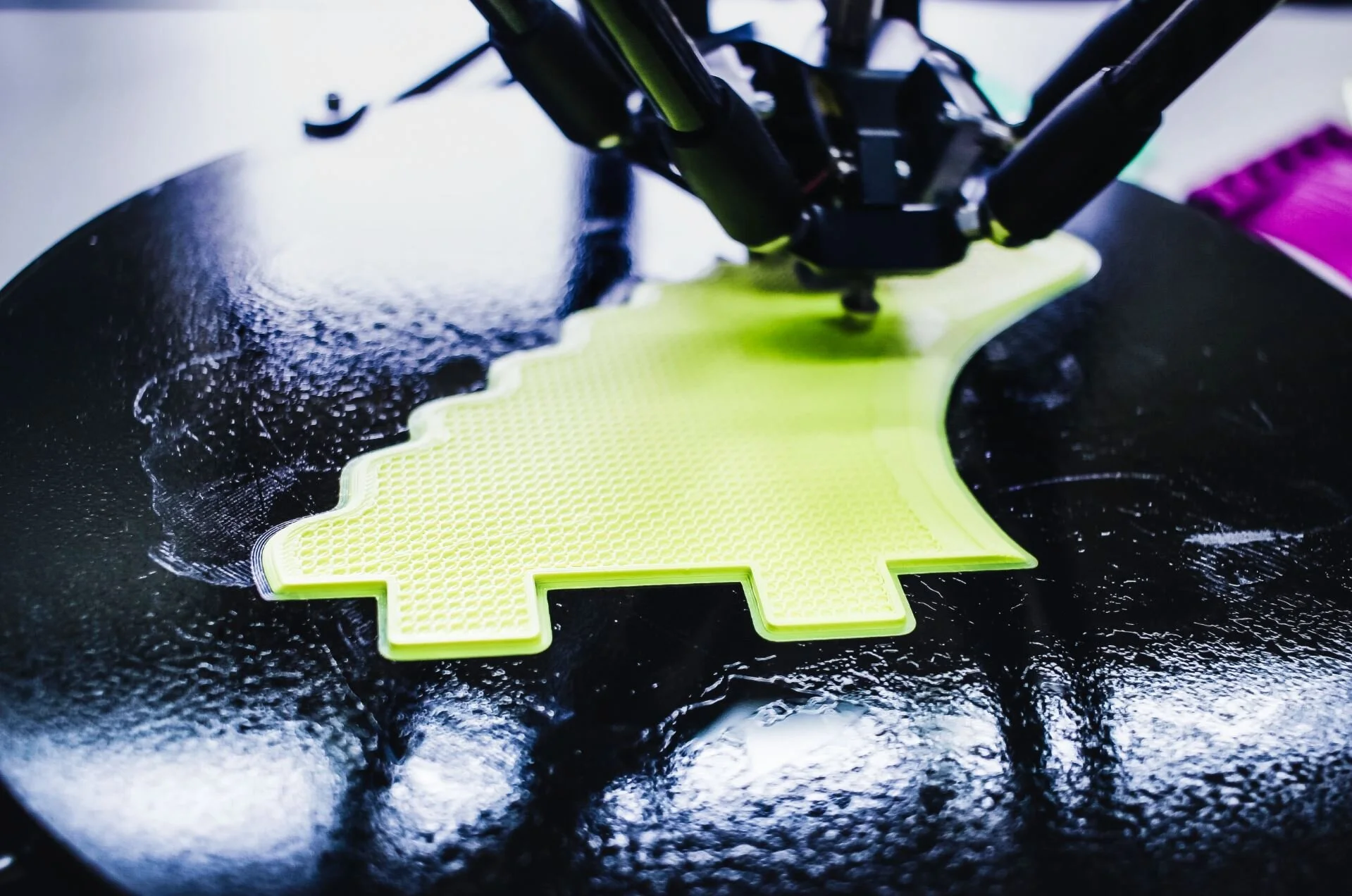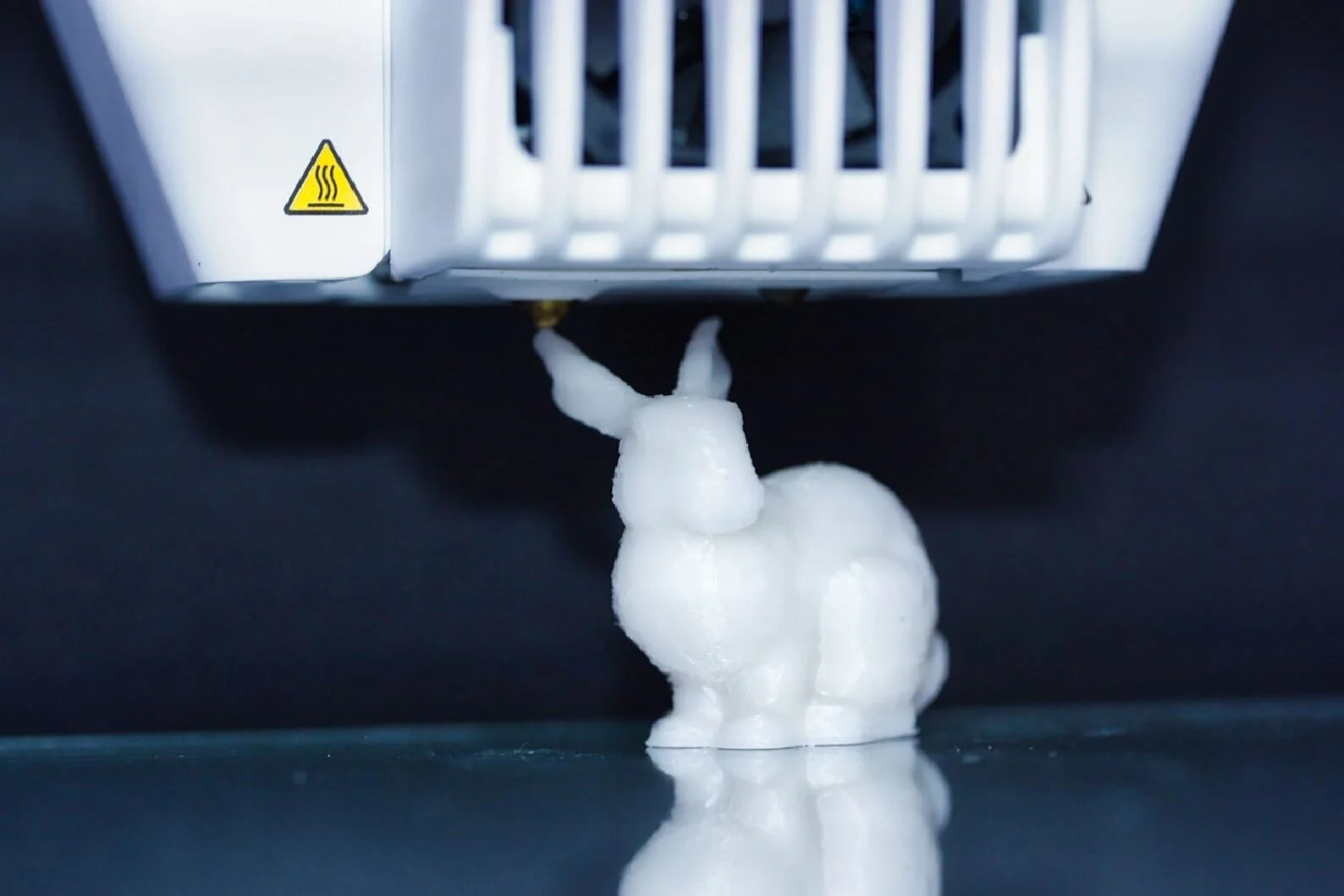Researchers indicate that it is theoretically feasible to save 215,000 terabytes of data on one gram of DNA
A 3D printer in use - Image Credit: Ines Álvarez Fdez via Unsplash - HDR tune by Universal-Sci
Somewhat similar to what we see in nature, where operating instructions are stored in the DNA of living things, it is possible to store large amounts of data in almost any everyday object.
Regular lifeless objects don't carry their instructions for assembly internally. If you wish to recreate a specific inanimate object with, for example, a 3D printer, you'll need its blueprints. However, a team of Swiss and Israeli scientists has found a technique to store considerable amounts of information in common objects. The researchers published their findings in the science journal Nature Biotechnology.
With this new technique, 3D-printing instructions could be stored inside specific objects you wish to create. According to Professor Robert Grass, one of the researchers, the instructions would remain intact for tens or even hundreds of years, after which it will still be possible to extract them from the object. This remarkable achievement is possible because the data will be stored in DNA molecules, akin to the way information is stored in living organisms.
The data storing method has been in the making for several years and is build upon various individual developments, one of which is professor Grass's system for marking products with a DNA "barcode" installed in tiny glass beads. These so-called nanobeads have multiple uses; for instance, as tracers for geological tests, but it can also be used to tag high-quality food products, ergo making them identifying from counterfeits.
In addition, Yaniv Erlich, an Israeli colleague of Professor Grass simultaneously developed a technique that makes it theoretically feasible to save 215,000 terabytes of data on one gram of DNA. Together the researchers combined their findings as published in the above-mentioned paper. In practice, professor Grass had already been able to save a 15 MB music album in DNA.
To test their method, the scientists tried printing a 3-dimensional rabbit that contains its own printing instructions. Professor grass stated rather poetically that just like real rabbits, their synthetic rabbit held its own blueprint. By using information extracted from a small part of the 3D printed rabbit, the researchers were able to print an entirely new rabbit. And just like in nature, they were able to do this several (5) times over, in essence building the 'great-great-great-grandchild of the original rabbit.
The mentioned 3D-printed rabbit. Its plastic contains DNA molecules in which the printing instructions have been encoded - Image Credit: ETH Zurich / Julian Koch
Erlich stated that unlike traditional forms of information storage, it is possible to store data in a liquid form using DNA. It is suggested that this technology can be used in construction materials and to mark medications, making quality control directly from the product a possibility. A slight downside is that the data storage technique is currently pretty expensive. Nevertheless, it is expected that costs will go down by an increased level of production.
On the whole, possibilities seem virtually endless, making us quite curious about what the future has in store in the world of data storage.
Sources and further reading: A DNA-of-things storage architecture to create materials with embedded memory - ETH Zurich press release
If you enjoy our selection of content please consider following Universal-Sci on social media:











